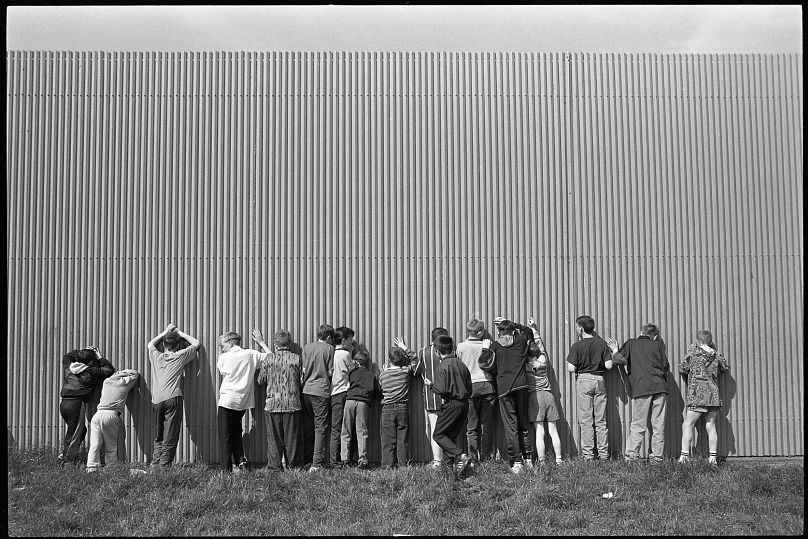Today, 30 years after the fall of the Berlin wall there remain powerful barriers dividing people. The exhibition 'Walls of Power' explores man-made barriers throughout Europe today through the eyes of 44 artists.
Three decades since Europe's most infamous wall came crashing down, barriers are still dividing people on the continent.
That's the claim of a new exhibition in France that explores man-made barriers in Europe today through the eyes of contemporary photographers, documentary makers and artists from 15 different countries.
The showcase opened this month as a part of the Rencontres d’Arles photography festival, which is celebrating its 50th year.
The exhibition comes in the year the world marks the 30th anniversary of the fall of the Berlin Wall.
Euronews talked to the curator of the 'Walls of Power' exhibition, István Virágvőlgyi.
In his opinion, the European walls are driven by a will for power and control. He explored the motivations that stand behind the barriers' construction that divides us and built three sections of the exhibition accordingly.
There are walls of influence, walls of segregation and the walls of migration, he explains.
The walls of influence are the barriers between the sovereign powers. The walls of segregation are barriers within a society, and the walls of migration - instruments of admission procedures.
Sometimes they are only a couple of metres long or built dividing a village and their existence seems absurd and largely inexplicable.
Virágvőlgyi looks for the reasons behind them and shows us the most outstanding examples of human divisions: watch the video at the top of the page to learn more about them.












